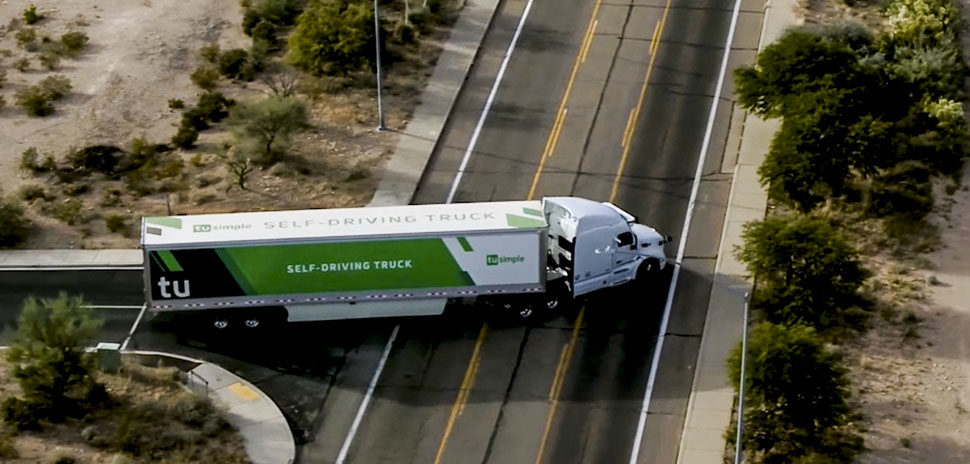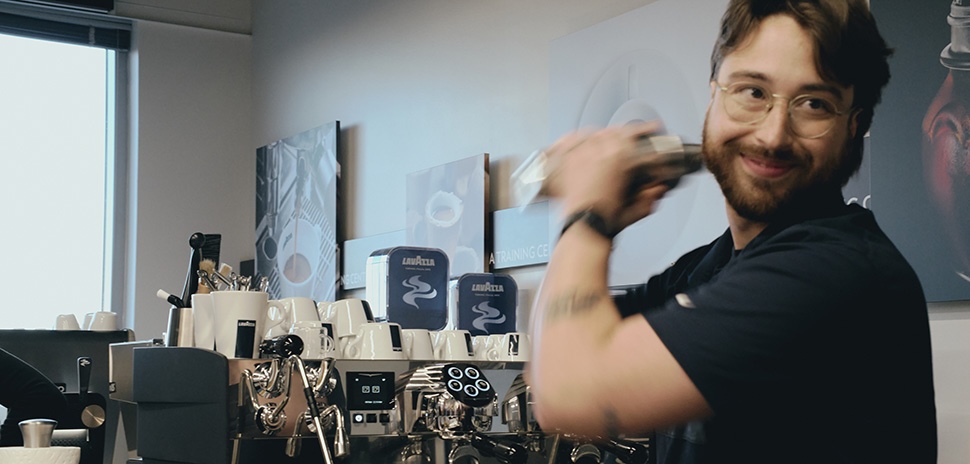North Texas is home to some of the most important and influential businesses on the globe, the envy of even the most high-tech communities. From energy, telecommunications, and consumer goods to aerospace, industrial/manufacturing, and life sciences, we seem to have it all.
Simply put: we are a big-time region driving new ideas across nearly every industry.
In an era where research prowess represents economic might, our high-tech companies are also true research powerhouses, in total spinning out more than $4.5 billion in annual research and development each year. By any measure, this number is staggering, representing approximately 2/3 of the total annual budget for the entire National Science Foundation, which was created to fund all of the universities and think tanks across our nation. Simply put: we are a big-time region driving new ideas across nearly every industry.
Universities are our companies’ best partners in our drive to create new ideas, new products, and new businesses. Universities have traditionally played the role of catalyst for some of society’s freshest ideas—our regional higher educational institutions are no different, and are prepared to help our companies expand their influence even more. But the gulf between the nature of work being conducted in corporate research labs and the work on university campuses has been increasing since the hey-day of Bell Labs in the ’50s and ’60s.
This gap, often called the Innovation Zone, is the sweet spot for product breakthroughs: just the right amount of forward-looking work combined with just the right amount of near-term impact, all underpinned with the right amount of risk.
University faculty is rewarded for publishing advanced research that pushes out the horizons of knowledge. Industry researchers, on the other hand, naturally tend to be focused on projects that have a more immediate impact on business deliverables with a far lower risk profile. This philosophical gap makes it difficult for companies and universities to collaborate, a situation we find ourselves in right here in North Texas.
This gap, often called the Innovation Zone, is the sweet spot for product breakthroughs: just the right amount of forward-looking work combined with just the right amount of near-term impact, all underpinned with the right amount of risk. In North Texas, the Innovation Zone is waiting to be developed with the right ideas.
In DFW’s drive toward Tier 1 status, our higher education institutions are led down the path of pursuing primarily pure research, leaving our companies to focus on problems of the here and now of the global market place. Let me quantify this: less than 1 percent of our local industry research budget is consumed by our regional universities, suggesting that the Innovation Zone, particularly for businesses, is empty.
So how do we close the gap?
The best way to bring business and universities together here in North Texas is to follow our colleagues in places such as the Bay Area, Michigan, Boston, or Atlanta, to name just a few. We need to create large collaborative institutes that advance the problems of industry. These institutes sit in the sweet spot of the Innovation Zone: a place that pushes industry further into the future while bringing universities closer to the key problems of today. Businesses and universities can do this by committing to the long-term vision that they are better offer working together than watching each other from the sidelines. The Texas Research Alliance is committed to this vision and working to help create these new collaborative research institutes.
We need to create large collaborative institutes that advance the problems of industry.
Success will bring about good things for both companies and universities. By growing the 1 percent research market share for our universities, they will be well on their way to Tier 1 status. The $4.5 billion pie is huge and can provide extraordinary opportunities for our growing universities. Success and good grazing will be found in the Innovation Zone. Now let’s go fill it with the kind of research and development that moves our economy, businesses, and universities forward.
For a daily dose of what’s new and next in Dallas-Fort Worth innovation, subscribe to our Dallas Innovates e-newsletter.
































